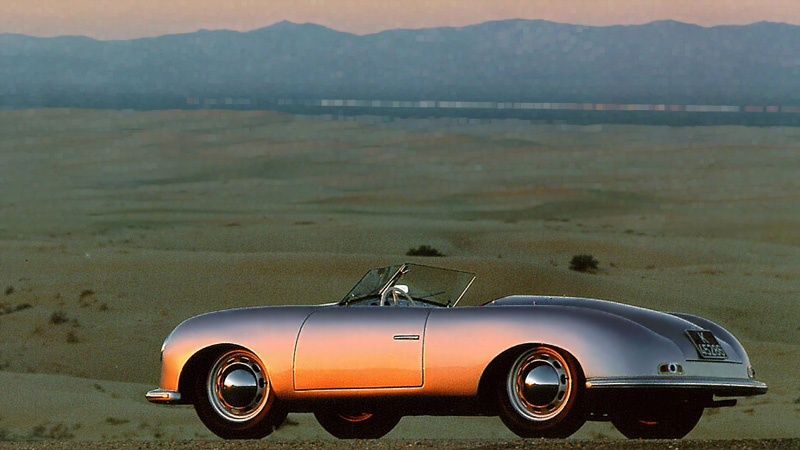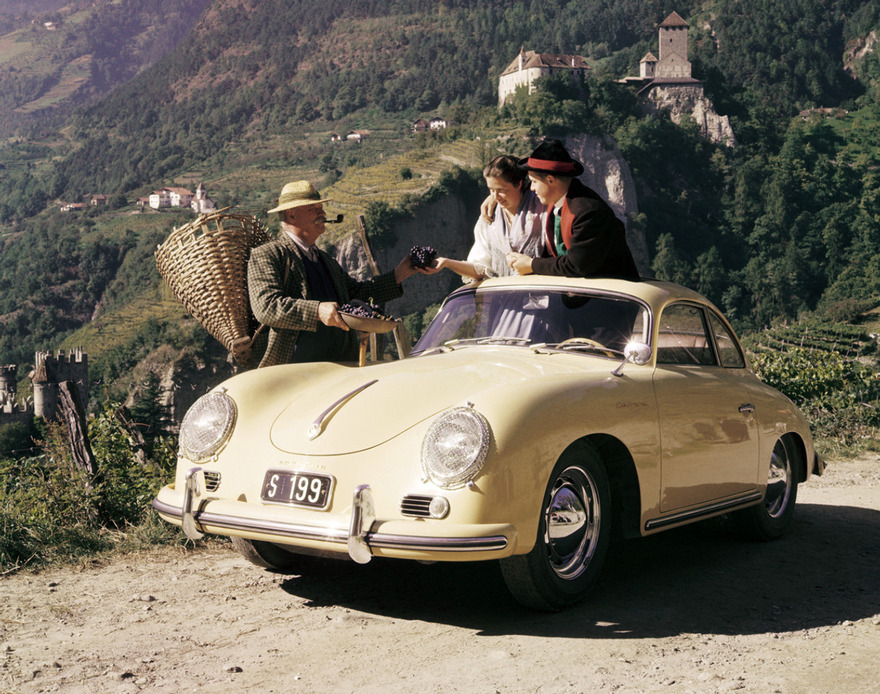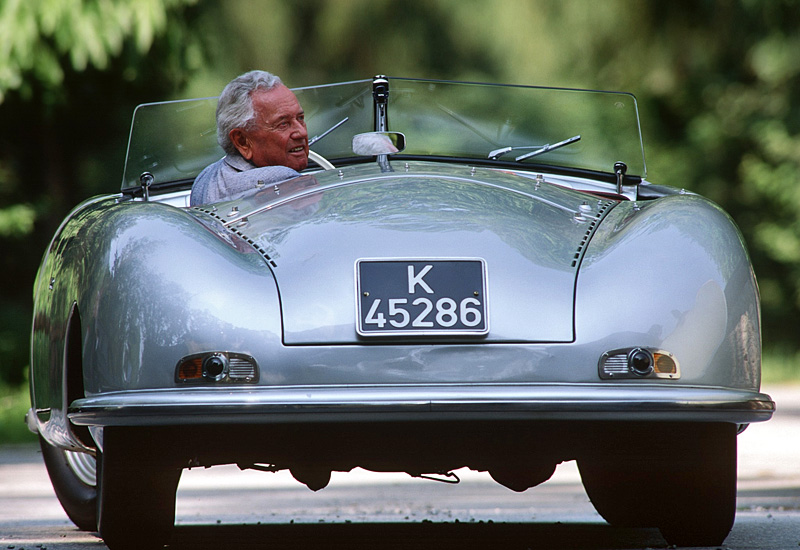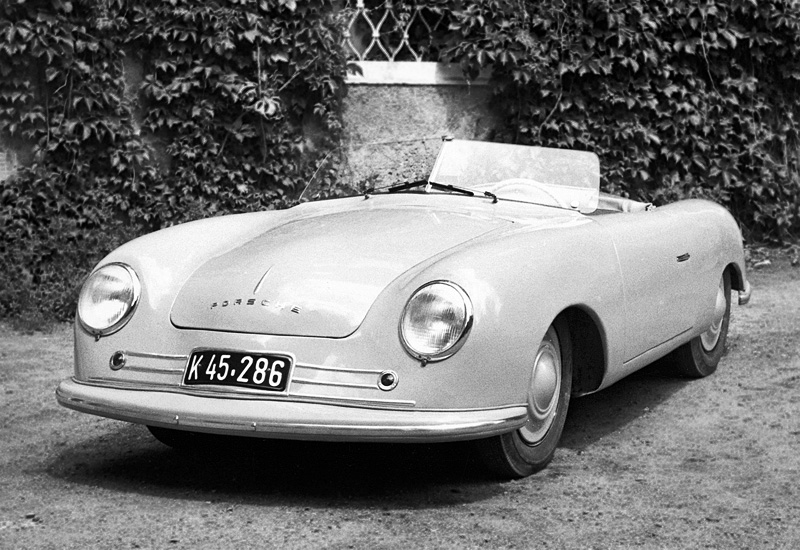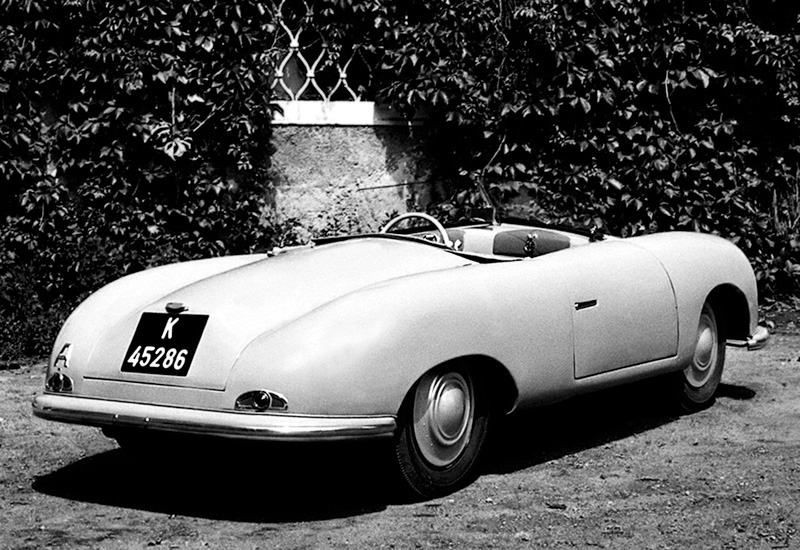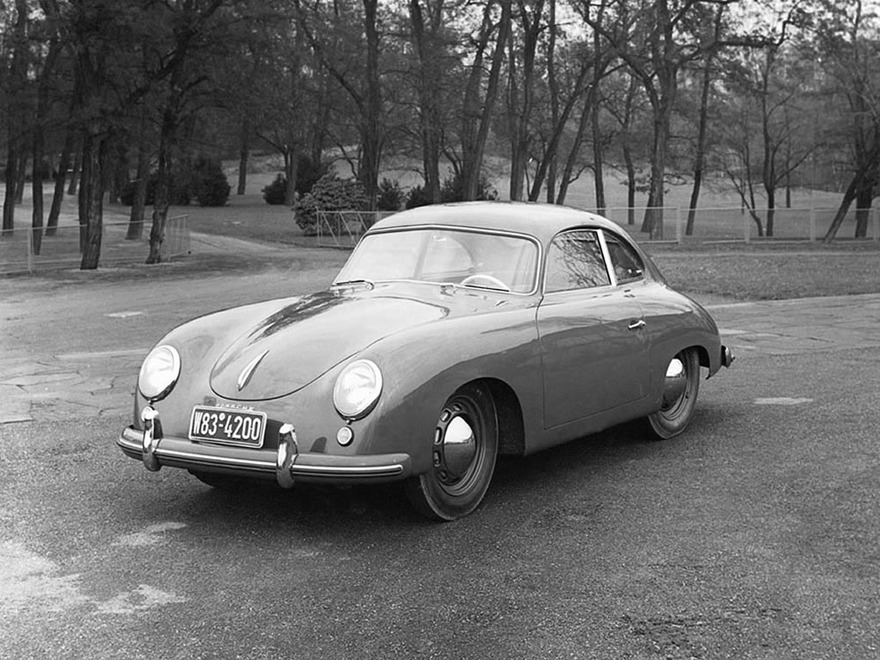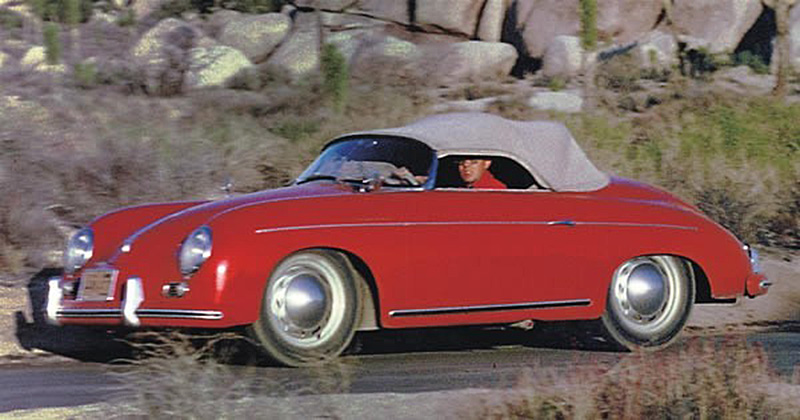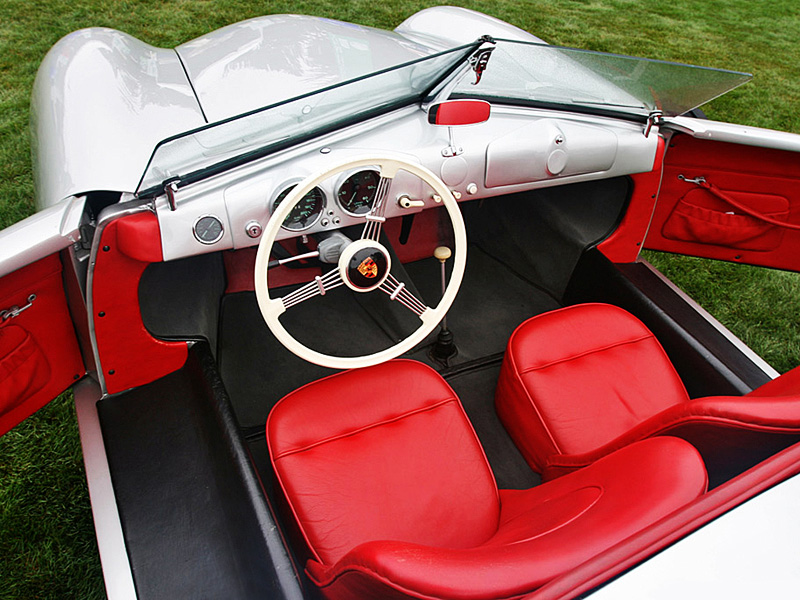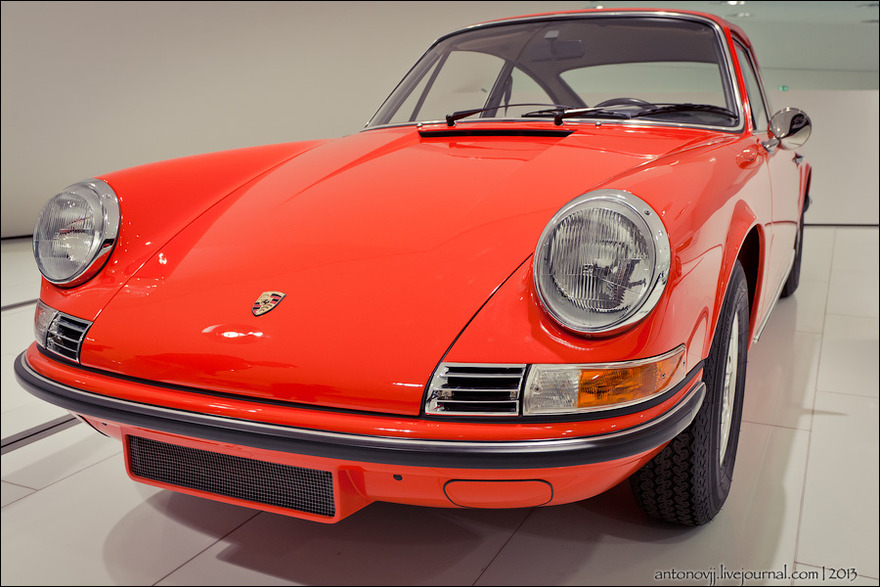No matter how cool Colin McRae, Death Rally and the entire 15-year NFS series have been, races on vintage Porsches remain classics of the genre. The true king of supercars of the post-war period, the 356, was racing on the roads of the Pyrenees under your control. Behind the wheel of this car, you had this feeling of victory for the first time, leaving behind the tricky corners of the track in Monte Carlo. And it was this car that gave rise to the next generations produced by the most prominent German car manufacturer to glorify the name of Porsche.
For almost two decades, fans of the legendary “club” can feel like racing drivers thanks to an equally famous computer game “Need for Speed — Porsche 2000”. It’s a dream of any petrol head to go his or her way up in reality from the first 356 model and up to the most powerful Porsche Boxster or even the modern reincarnation of the 911 GT3.
We would have lacked all these things, if the son of the dynasty’s founder Ferdinand Porsche hadn’t had a desire to create his own car for personal use only. Ferry Porsche was supervising the entire process from the inception of engineering ideas and up to the final hand assembly. After the Volkswagen Beetle created by his father, after three rather nebbish Type 64s, with only one of them surviving to our days, the German company launched a car most worthy of praise — the Porsche 356 Nr. 1 Roadster.
The story of the first production Porsche started in 1947. At that time, Ferry was released from prison in France where he had been put as a war criminal for cooperation with Nazi Germany — only God knows, whether it had been a just conviction. There is a price for everything and every artisan will find his client. Italian businessman Piero Dusio decided to build a Formula 1 racing car Cisitalia and asked Ferdinand Porsche, one of the most prominent automotive engineers, for help. The amount of money Dusio gave to French authorities to redeem him from prison must have been enormous. However, it was worth it.
Ferry used many of his father’s ideas, tested when building pre-war Auto Union race cars. This project was a success. For the money Ferry got from Dusio he hired lawyers to redeem his father, who was still in prison at that time, and started building his own sports car. With support of a talented engineer Karl Rabe and designer Erwin Komenda, the junior Ferdinand designed a car, putting all his soul into this project, which later became worldwide famous. First drafts were ready on June 17, 1947. Less than a year later, a ready-made prototype hit the road. The Volkswagen Beetle, created by Porsche’s father, served as an example when building major parts and units of the 356 model.
It featured a tubular space frame, streamlined aluminium body and many elements borrowed from Volkswagen — brakes, steering, headlights, and even the air-cooled engine tuned to produce 40 hp. Its top speed was close to 140 km/h. Today this car looks as attractive, as 50 years ago.
This car is considered to be the first true Porsche. Initially intended to be a one-off unit, this model was the first step on the road to large-scale production. It was so amazing that it caught fancy of not only friends and acquaintances. Therefore, the company decided to build 20 more units. After creating the first prototype, it took Porsche 2 years to build the first 20 cars. However, demand exceeded supply. First 356s were sold mainly in Austria and Germany but then later the model conquered the entire world. In the beginning of the 50s, the Porsche 356 became famous among car enthusiasts on both sides of the Atlantic for its aerodynamic characteristics, great steering, and hand assembly of highest quality.
Among various versions produced for more than 10 years one could find road Coupé and Cabriolet models, and A, B, and C racing models. The last revision of the 356 was the Porsche 356C introduced for the 1964 model year.
Porsche’s motor racing history started with the 356 model produced at Gmünd, which was entered in a race in Innsbruck in 1948, where it won its class. The most renowned racing car of the 50s was open-top Porsche 356 “Speedster”.
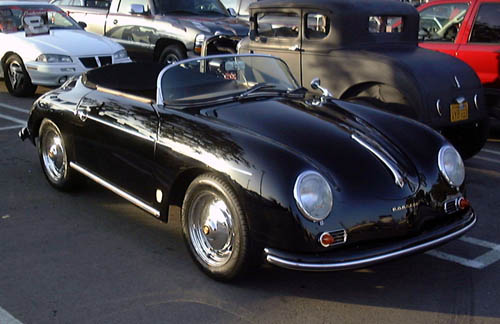
The immortal supercar was born with the help of two Americans. In 1952, a sportsman Emil Diedt cut off the roof of his Porsche 356 Sport Leicht, which had already been rather light. Not only did the experimenter remove extra 45 kg of weight of his beautiful car, he also reduced frontal area by 20 percent, neglecting all laws of aerodynamics just to win in Torrey Pines race.
Another person, Max Hoffman, the sole US importer of Porsches at that time, advised the company to start building lower-cost open-top version of the 356. His reason was that “cheap and cheerful” cars would sell well in the American market. The Speedster had a distinguished appearance themed on British roadsters, featuring a slanting windshield, which again could be removed, bucket seats, and a minimal folding top. A 55-hp 1.5-litre engine allowed the legendary supercar to sprint to 100 km/h in 13.9 seconds, while a 75-hp 1.6-litre engine propelled the blistering Porsche 356 “Speedster” to impressive 153 km/h. A small and cosy, nimble and manoeuvrable, two-seater roadster became an instant hit, especially in Southern California. Three racing seasons later, in record-setting time, the company produced 1,171 Porsches 356 “Speedster” in 1957 only.
If you get lucky, you will be able to buy a driving car for the price of $3,000. However, vintage cars are expensive. For instance, a popular American singer Britney Spears paid $70,000 for a silver-coloured 1956 Porsche 356А “Speedster”. Only the model’s modern “cousins” might be even fancier, we’ll tell you about them.
Back in 2009, rumours were that Porsche wanted to launch production of modern Porsche 356 “Speedster” models. And they did produce them! It was a limited edition of 356 units and all of them were sold out, though the price of today’s 356 Speedster is quite different — €201,682. It is even more expensive in Russia — €255,800! Intended to be an affordable car cheaper than the Porsche Boxster, the 356 Speedster is impressively rare and unique, like its predecessor.
It is a “paradox car” according to AvtoMir magazine. Even though it features an open top, meaning its aerodynamic characteristics should be knowingly worse, the reincarnation of the Porsche 356 “Speedster” outperforms many of the Porsche 911 coupés. It sprints from naught to 100 km/h in 4.4 seconds. It reaches the stunning top speed of 305 km/h! Just imagine going with such speed in an open cabriolet!
Construction of the 21st century Porsche 356 “Speedster” embodied all the best innovations developed by Porsche’s engineers when building the 911 model. It carries the biggest in the 911’s lineup naturally-aspirated flat six 3.8-litre engine, delivering 408 hp, which is second only to flagship all-wheel drive 500-hp 911 Turbo Cabriolet and 530-hp 911 Turbo S Cabriolet.
It has an eye-catching appearance featuring some outstanding characteristics of its elegant predecessor. But the most important thing is that the 356 Speedster is safe like never before. An innovative hood with a unique self-tensioning system, like the one used in umbrellas, is truly impressive. In case of a rollover, head-protecting bows pop out from special caps hidden in the humpbacked hood cover, capable of breaking the rear window if necessary.
The history of Porsche’s sports cars began back in 1948 and it still continues to the present day. The legendary 356 was successful in many racing competitions — in the 24 hours of Le Mans, Mille Miglia, Targa Florio, Carrera Panamericana, and many others. Porsche has scored more than 28,000 victories during its more than half a century’s history. The company holds the title of the most prestigious automobile brand.
Moreover, the entire 356 series became a record-holder in mass scale car manufacturing of that time. Production peaked in 1964 with 14,151 units assembled. In the same year, the company launched production of the Porsche 911 model, which was also destined to become a legendary car. Those fascinating lines and curves will be visible in all succeeding models of the series. Taking into account the entire history of the German company, more than 75,000 cars rolled off its production lines. Which is actually a world record!

